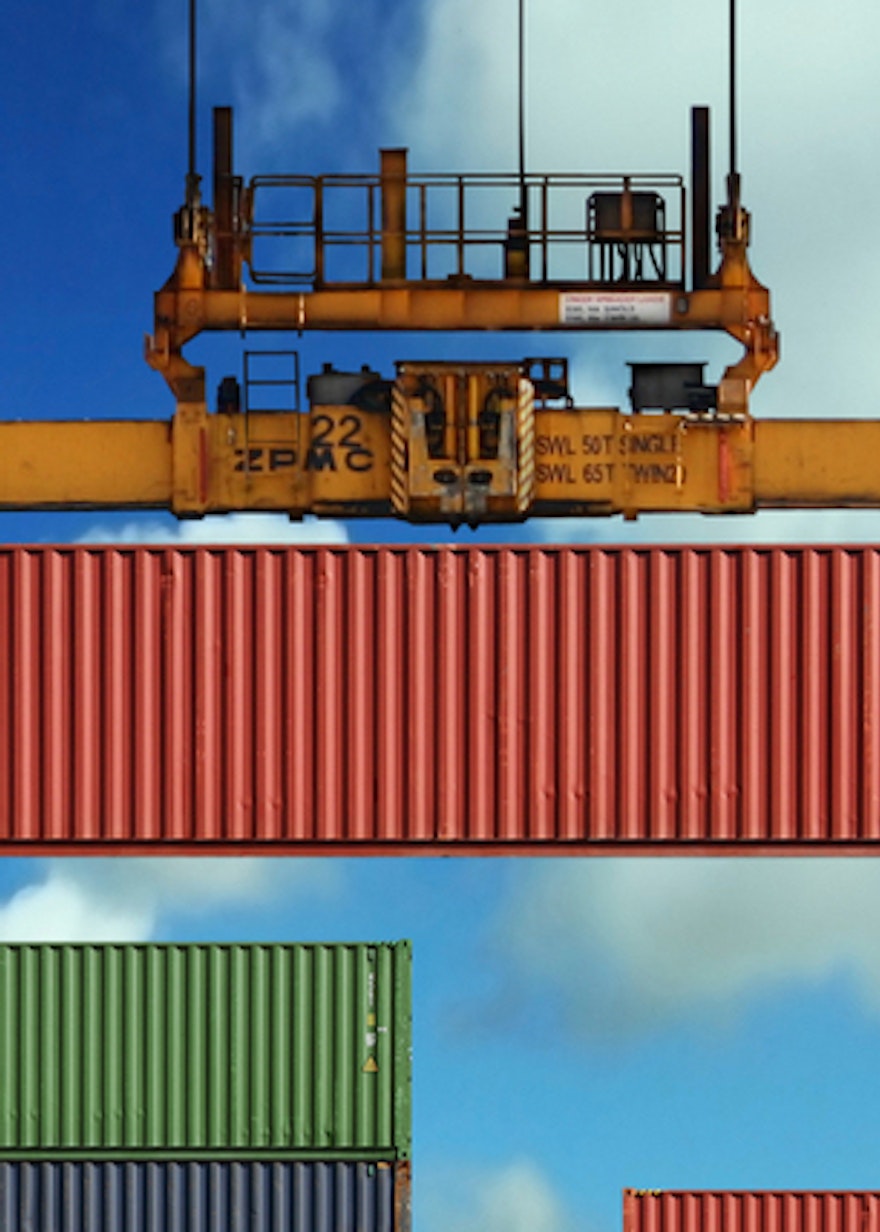Article
Challenges of digital inclusion in Latin America and the Caribbean

What hinders the use of mobile broadband when coverage reaches 90% of the population?
GSMA, the organization made up of wireless telecommunications providers and industry companies that promotes the regulation of mobile communication, has published a study on digital inclusion in Latin America. Despite being a market that grows quickly (at a rate of more than 5% each year), more than 300 million people (i.e., 7 of every 10 people) still do not have access to mobile Internet services.
The natural trend to explain this gap would be to check the reach of the coverage, but since it is 90%, what are the barriers that hinder the use of mobile broadband?
Lack of digital aptitudes
Aside from the digital education divide in schools programs, there is also a major gap in the ICT infrastructure and in the support for teaching these areas in most countries. This keeps many mobile users from discovering the benefits of the Internet.
Affordability
For 40% of the population’s residents, the total cost of owning a cell phone represents 17% of their income, making it out of reach. The price of mobile services must also be considered. Although governments promote “social broadband prices” and telecommunications providers offer “flexible plans”, taxes can increase the total price by up to 30%, such as in Brazil and Argentina, or by 19% in Mexico.
Shortage of relevant local content
Another barrier is that only 30% of the content is available in the local language, and most wireless telecommunications provider applications and websites have to do with entertainment, which leaves the impression that the Internet is a tool for distraction. More than 7 of every 10 Internet users have never used their cell phones for online banking services, mobile payments or job searches.
Availability of ICT infrastructures
Although only 10% of residents are unable to access broadband networks because they live in sparsely populated mountain areas, tropical jungles or islands in Uruguay, Bolivia, and Brazil, it is important to guarantee high-quality services for the remaining 90%. Fragmentation and a lack of trust discourage consumers from using mobile broadband.
eSecurity and promoting innovation
The report also points out that security—in terms of device theft—is a fifth barrier against the penetration of smartphones with Internet access. It recommends for governments, development organizations, and wireless telecommunications providers to “join forces and make the Internet accessible, affordable, useful, and easy to understand for everyone,” as well as to promote “new ideas and innovations in local technology.”
Two examples are the efforts of the Mexican telecommunications provider América Móvil, which has organized more than 4,000 training sessions and workshops on digital inclusion, and Colombia’s Vive Digital plan, which provides public Internet access centers as well as training or subsidies for families (up to an estimated one million) who want to purchase ICT equipment.
Download the report: Digital inclusion in Latin America and the Caribbean (PDF, 2016)

